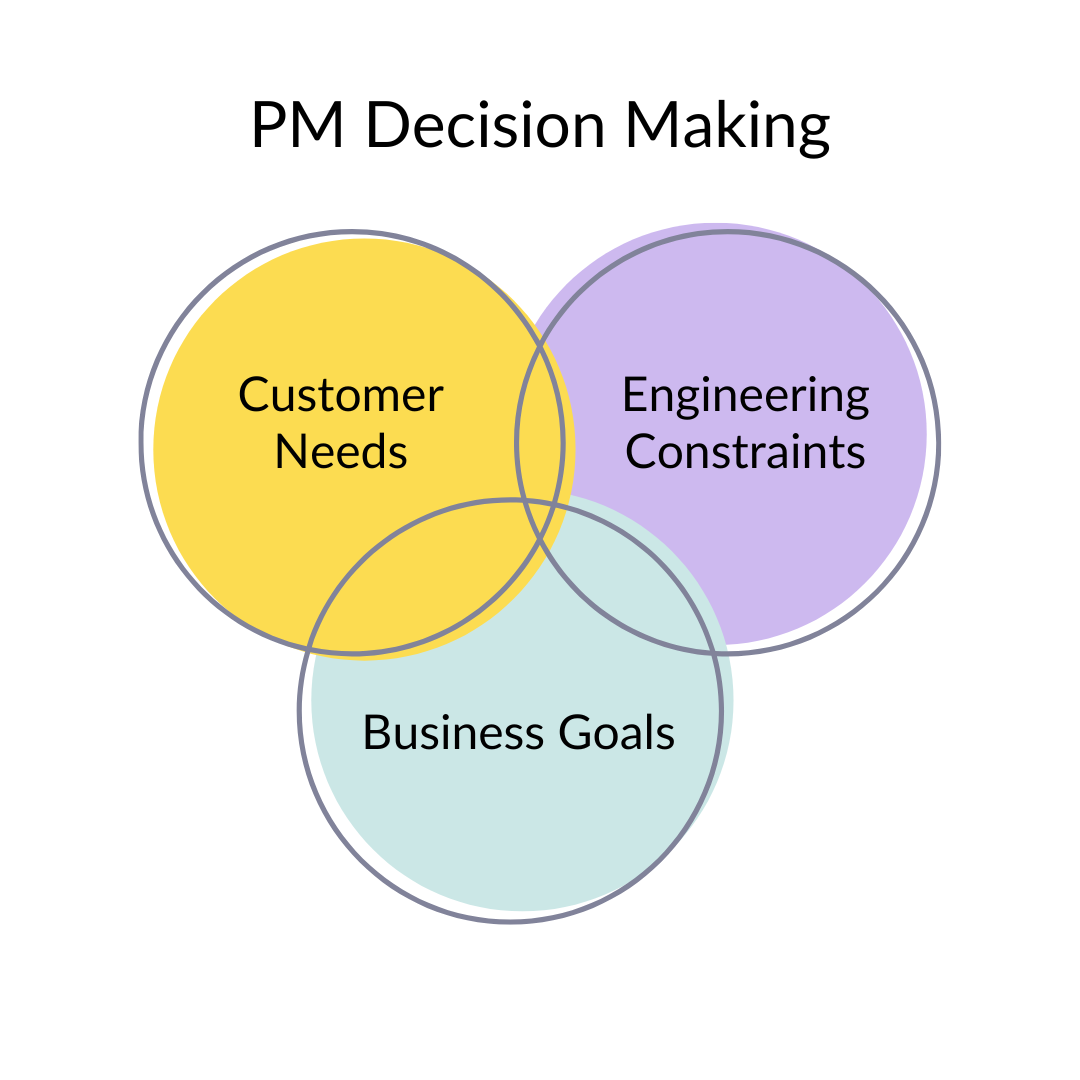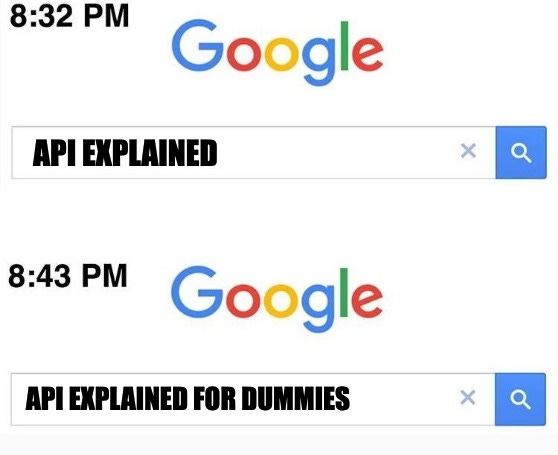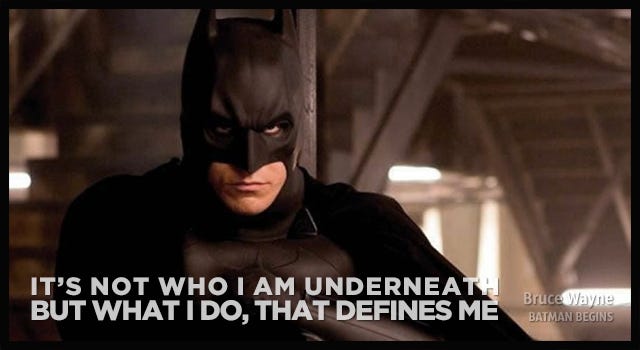Product Management is one of the most misunderstood roles in the tech industry.
Is it glamorous? Sometimes.
Is it stressful? Often.
Is it all about giving orders and designing cool features? Definitely not.
Let’s dive into the myths and realities of being a Product Manager, busting misconceptions along the way and shedding light on what PMs truly bring to the table.
Myth #1: Product Managers Are the "CEOs of the Product"
Reality: This phrase is catchy but misleading. While PMs do own the product’s vision, they lack the executive powers of a CEO. Unlike CEOs, PMs don’t control budgets, hiring, or other overarching decisions.
As Marty Cagan, author of Inspired, puts it: “The PM’s job is to discover a product that is valuable, usable, and feasible. That’s a lot more nuanced than playing CEO.” PMs lead by influence, not authority, often balancing the demands of stakeholders, engineers, and designers.
Myth #2: PMs Just Write User Stories All Day
Reality: Writing user stories is only a small fraction of what PMs do. A typical day involves:
Prioritizing features based on business impact.
Conducting user interviews to uncover pain points.
Collaborating with engineers and designers to refine solutions.
Analyzing product metrics and making data-driven decisions.
According to a 2024 report by ProductPlan, 55% of PMs spend most of their time on strategy and stakeholder management - not on documentation.
Myth #3: PMs Are "Idea People"
Reality: While PMs are expected to have ideas, execution matters more than ideation. Ideas are cheap; execution is everything. Steve Jobs famously said, “Innovation is saying no to 1,000 things.” PMs must constantly evaluate which ideas align with the company’s goals and are technically feasible.
Myth #4: PMs Always Have the Final Say
Reality: Decisions in product management are rarely unilateral. PMs work within a triad of design, engineering, and business, and every decision is a negotiation.
Ben Horowitz, co-founder of Andreessen Horowitz, aptly described this dynamic: “A good PM knows they don’t make decisions in a vacuum; they build consensus and empower their teams.”
Myth #5: PMs Are "Technical Gurus"
Reality: While technical fluency helps, a PM doesn’t need to know how to code. Their primary job is to act as a bridge between technical and non-technical teams. However, understanding concepts like APIs, databases, and front-end/back-end architecture is crucial for effective communication.
Data: In a survey by Pragmatic Institute, 71% of PMs said technical skills were "nice to have" but not essential.
The True Role of a Product Manager
So, what does a PM actually do? In essence, a Product Manager is a problem solver. They:
Understand Customer Needs: Conduct interviews, surveys, and data analysis to discover problems worth solving.
Define the Solution: Collaborate with design and engineering to build a feasible, delightful product.
Prioritize Ruthlessly: Ensure the team focuses on what matters most.
Communicate Effectively: Act as the glue that holds cross-functional teams together.
To quote Shreyas Doshi: “PMs must constantly balance competing priorities. They’re responsible for delivering value to customers and the business simultaneously.”.
IMO
Product Management is not about flashy titles or grandiose decision-making. It’s about rolling up your sleeves and ensuring your team delivers impactful products. It’s a role defined by collaboration, influence, and, above all, empathy.
Whether you’re an aspiring PM or a seasoned pro, always remember: The best products are built by teams that care deeply about solving real problems. And the PM’s job is to lead that charge.
Do you have any ideas you would like to share? Get in touch on LinkedIn 👇
This post is sponsored by cs2investments.com
Unlock the full potential of your Counter-Strike skin investments with CS2Investments - your ultimate dashboard for tracking, analyzing, and managing your skin portfolio.













Do PMs or POs typically do wireframing?